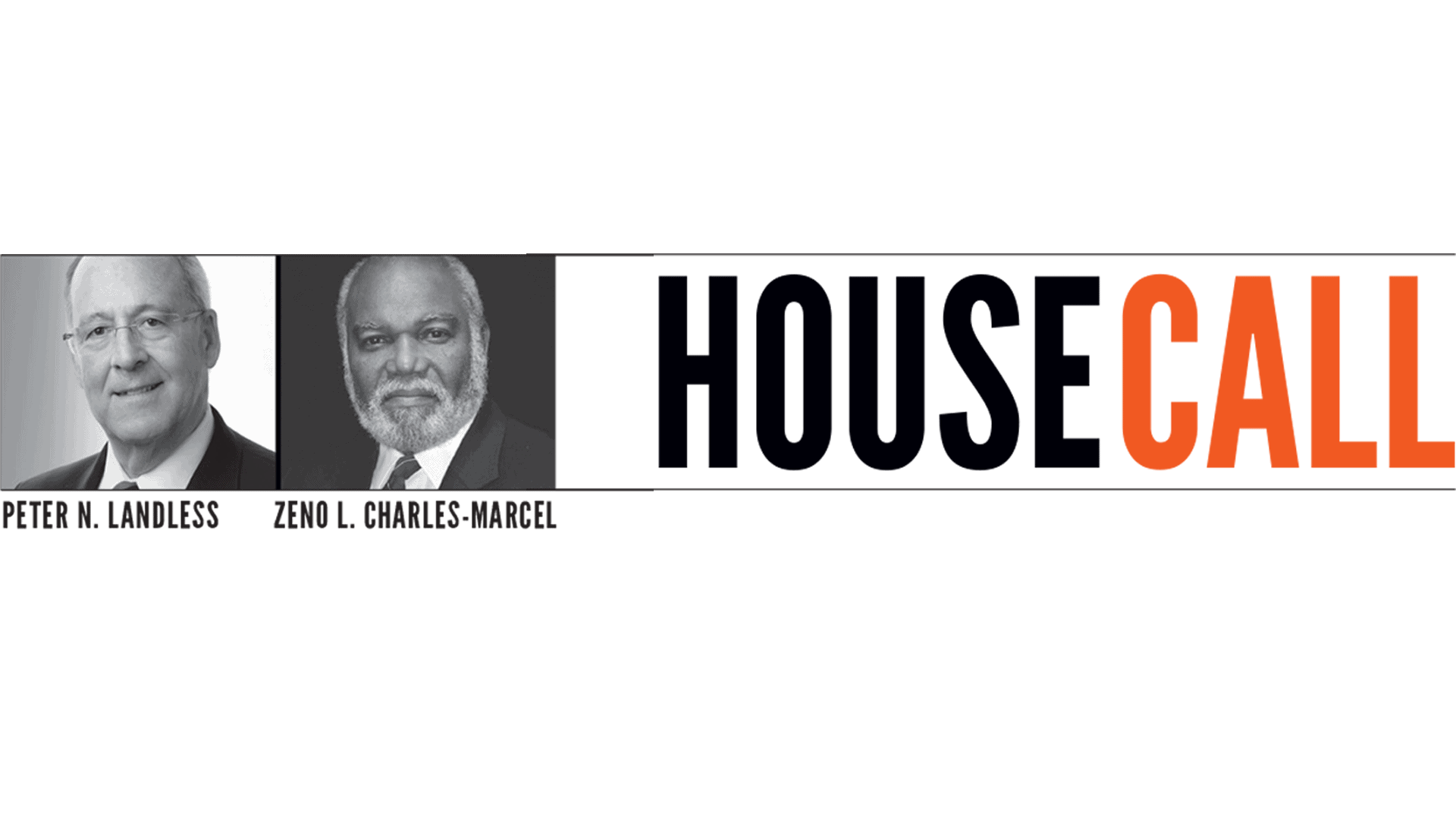
I have a friend who swears by light therapy for her psoriasis. Can light (and sunshine) be used to treat other diseases, too?
Heliotherapy, the therapeutic exposure to sunlight, was very useful in the preantibiotic and preantidepressant eras. Sunshine produces much more than meets the eye, literally! Our eyes detect the visible part of sunshine, i.e., from violet to red (see diagram). Invisible ultraviolet (UV) is responsible for suntans, sunburns, and some skin cancers. It is involved in treating psoriasis and eczema. UV facilitates the production of vitamin D, which itself has many healthful effects, including cancer and diabetes prevention.
Blue light is used to treat seasonal affective disorder, neonatal jaundice, and skin diseases (including precancerous skin lesions), but should not be used in individuals with lupus or porphyria. LED lights are very energy-efficient and produce more blue light than other bulb types. Blue light, more than any other color, can disrupt our brain’s circadian clock and the complex array of hormones and neurotransmitters the clock regulates. It can also cause poor sleep by suppressing melatonin.
On the other side of the light spectrum are red and infrared. Visible red light is most effective for use on the surface of the skin. Invisible infrared may be felt as heat. It can penetrate the skin to about 1.5 inches into the body. Red light therapy is used cosmetically to stimulate the production of skin protein (collagen) to speed up wound healing, reduce wrinkles, treat acne, and tighten the skin. There is evidence that red light therapy may stimulate new hair growth in both men and women experiencing specific kinds of hair loss. It has also shown promise in treating people with mild to moderate psoriasis and herpes-related cold sores.
During the 1800s Niels Ryberg Finsen researched light therapy (phototherapy) treatment of smallpox and other conditions. He was awarded the Nobel Prize in Medicine and Physiology in 1903 for his work. John Harvey Kellogg invented a lightbox to provide phototherapy at the Medical and Surgical Sanitarium of Battle Creek, Michigan. He published his research about phototherapy in his book Light Therapeutics in 1910.1 Today physical therapists, sports medicine, and physical rehabilitation doctors in the military and amateur and professional sports arenas treat a wide variety of acute and chronic musculoskeletal injuries and pain with phototherapy. Unsubstantiated reports of light therapy’s marvels abound. Two recent ones look promising: Harvard researchers found green light helpful in patients with migraines,2 and near-infrared phototherapy helped patients hospitalized with COVID-19.3 In the latter study, respiratory function and almost every important parameter measured significantly improved in patients with pneumonia without negative side effects! Hospital stay was reduced by four days with phototherapy, in conjunction with the standard treatment, when compared with matched patients who received standard treatment and sham phototherapy. Another one of God’s natural therapies shines!
1 John Harvey Kellogg, Light Therapeutics (Kessinger Publishing, LLC, 2010).
2 Brain 139, no. 7 (July 2016): 1971–1986.
3Journal of Photochemistry and Photobiology, B: Biology, January 2023; 238:112619.